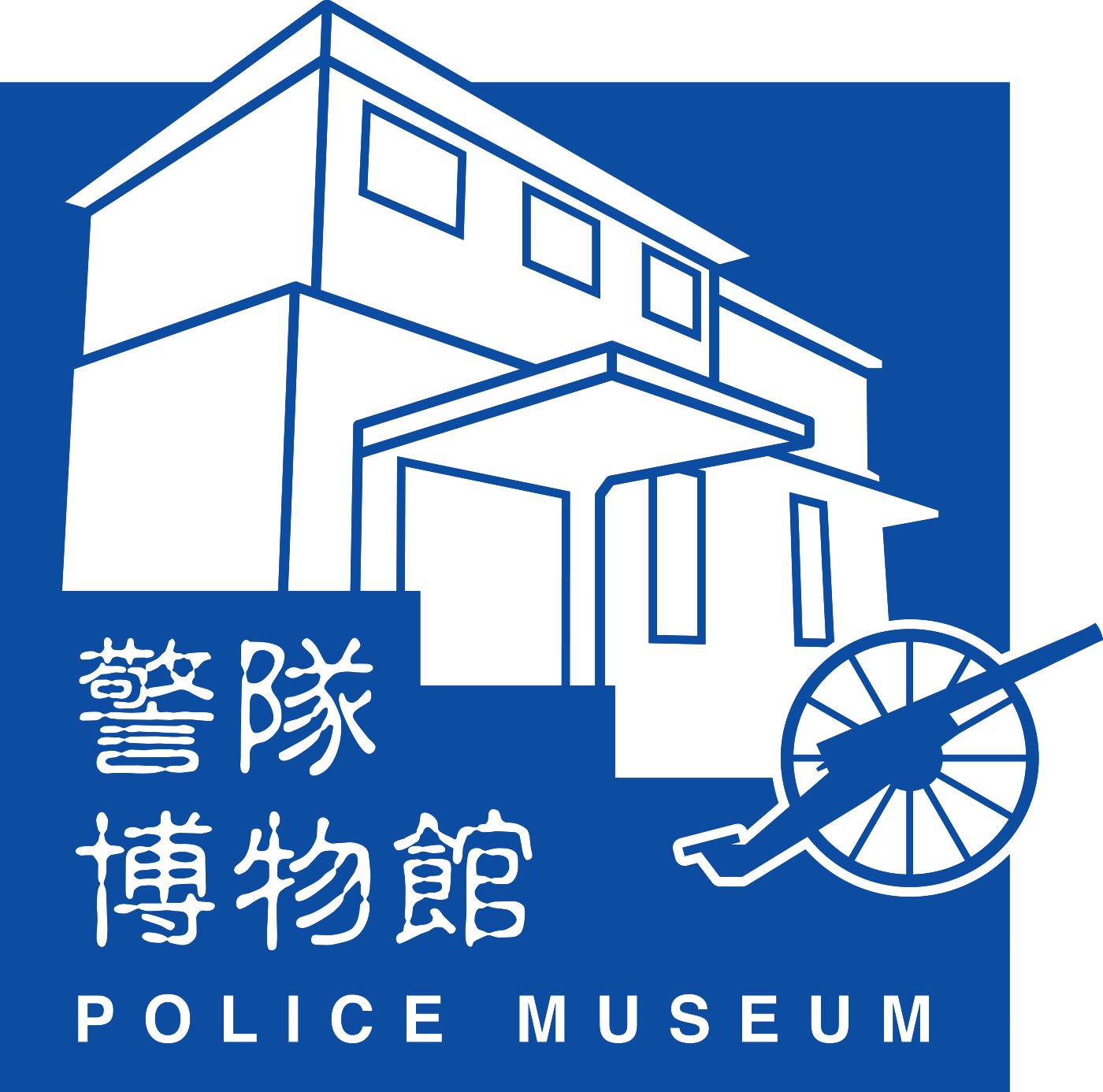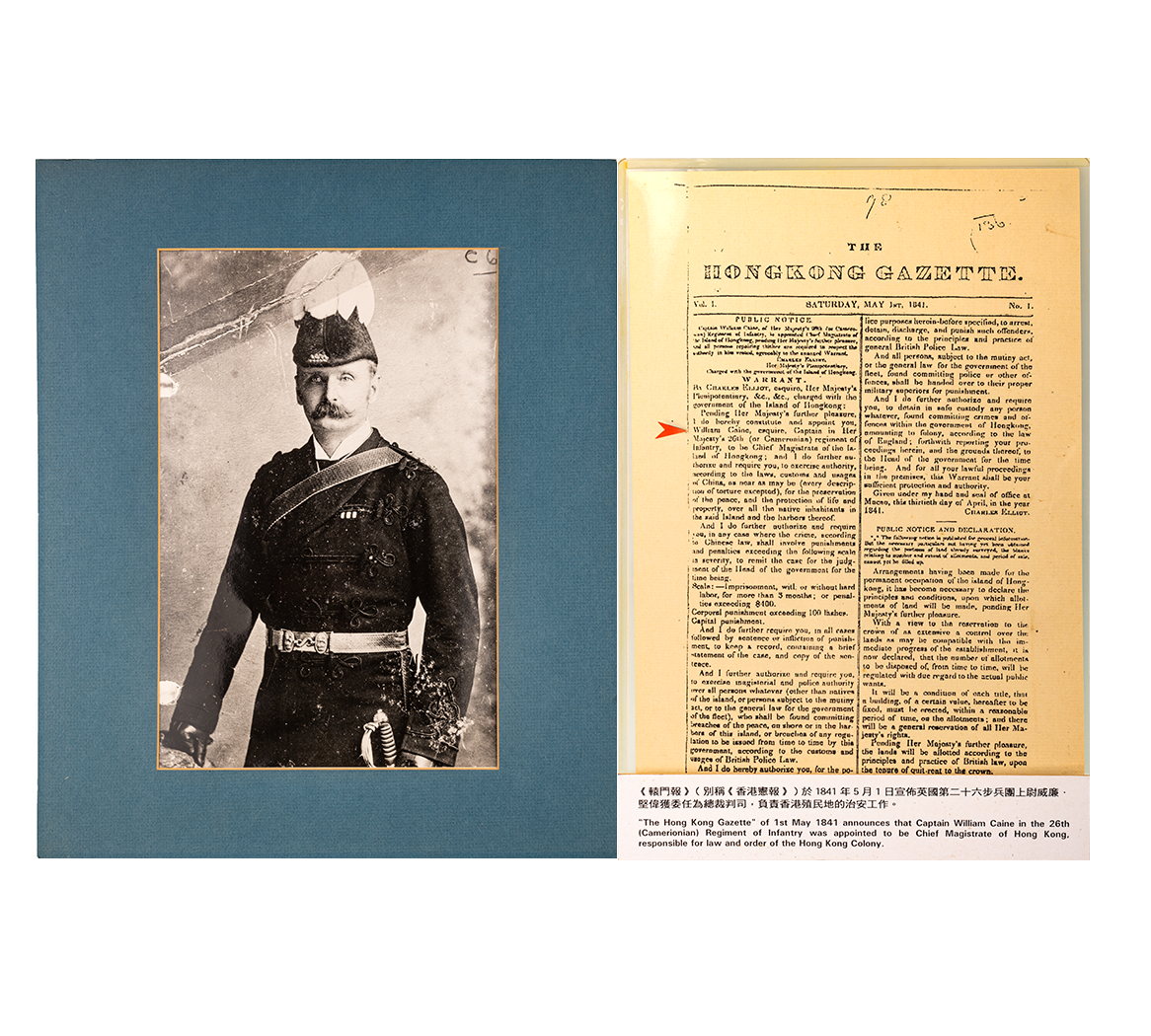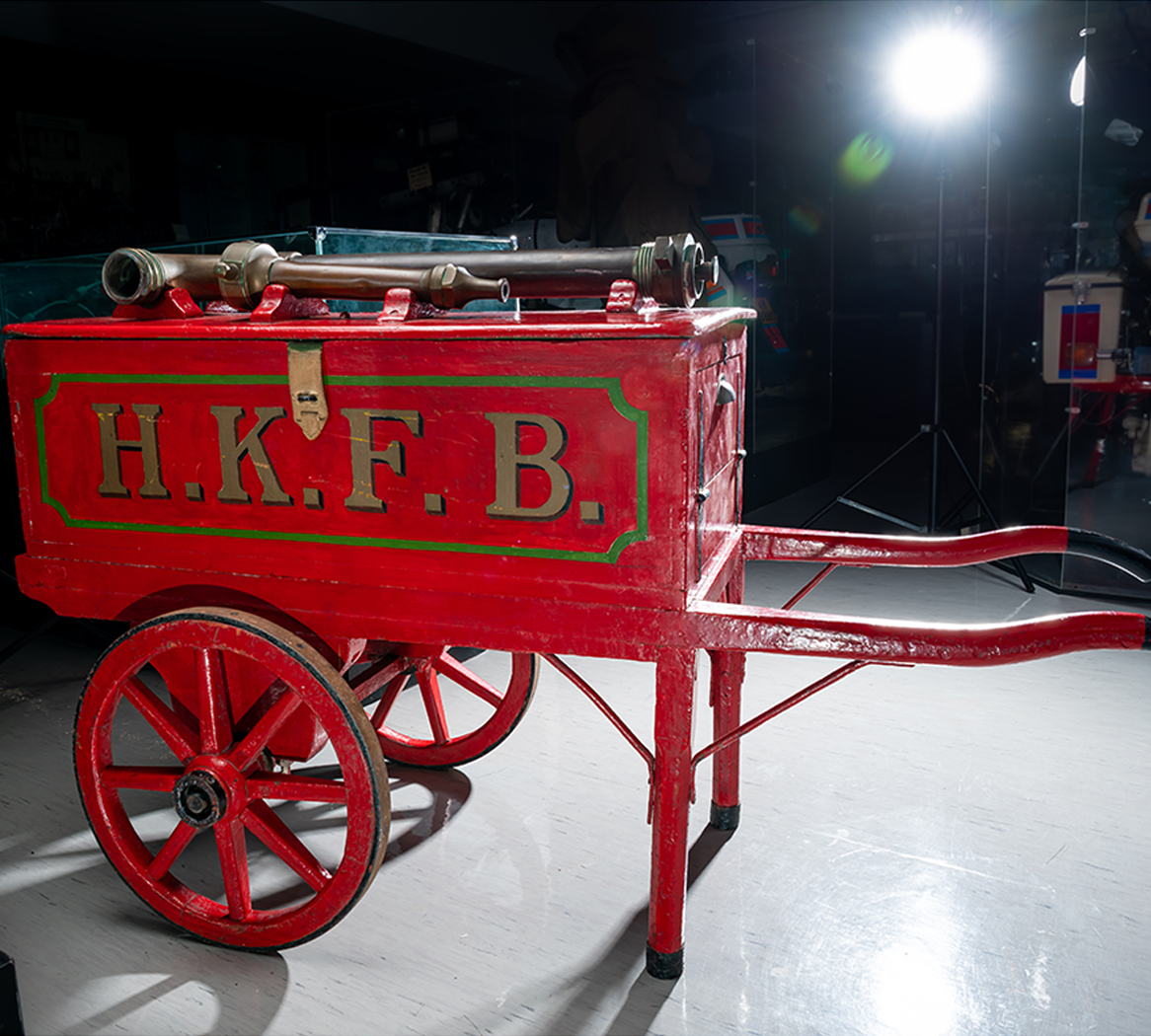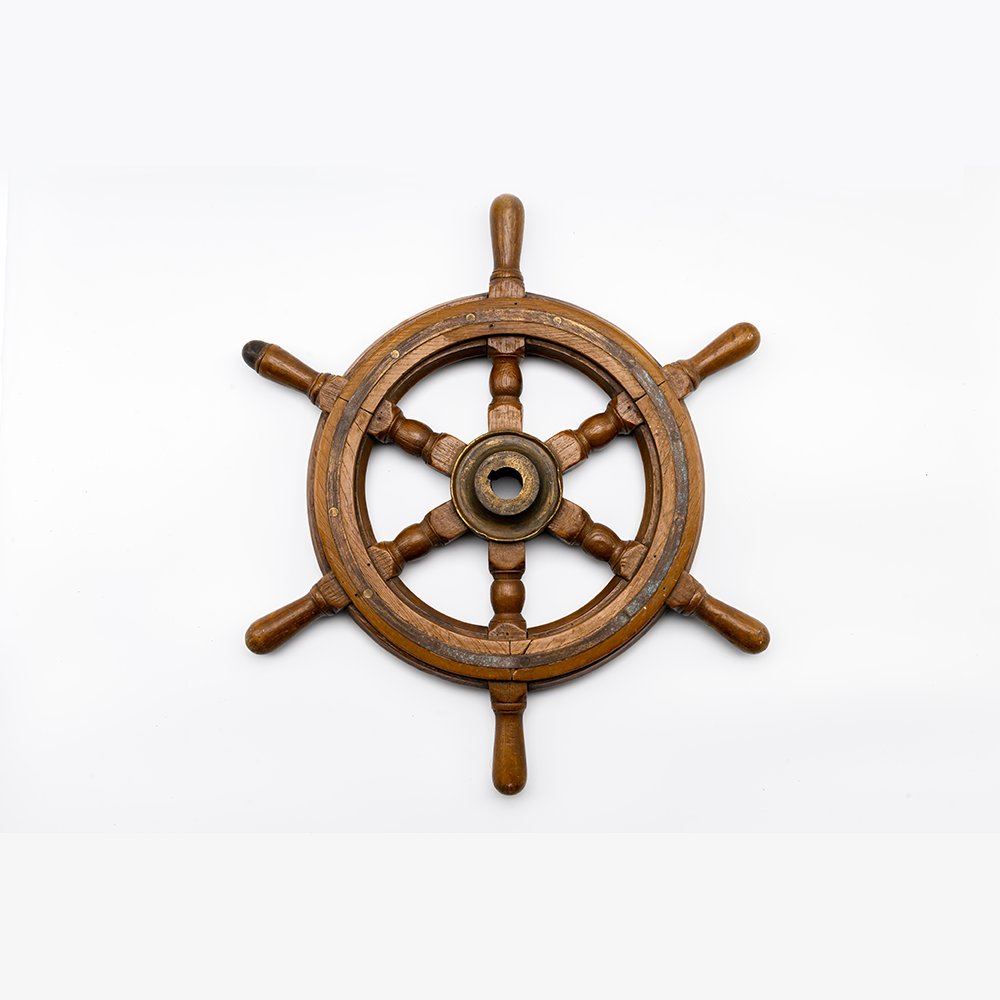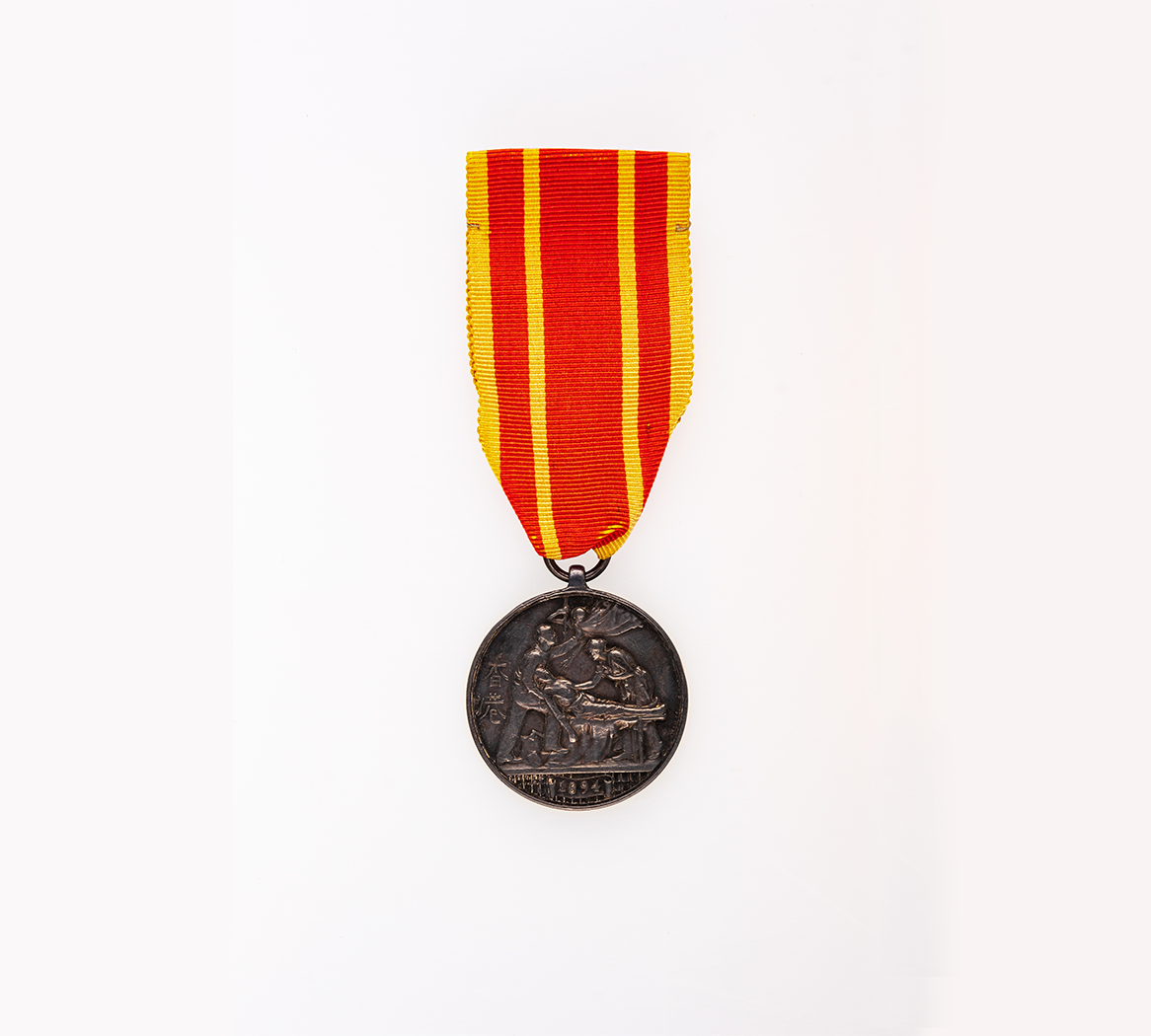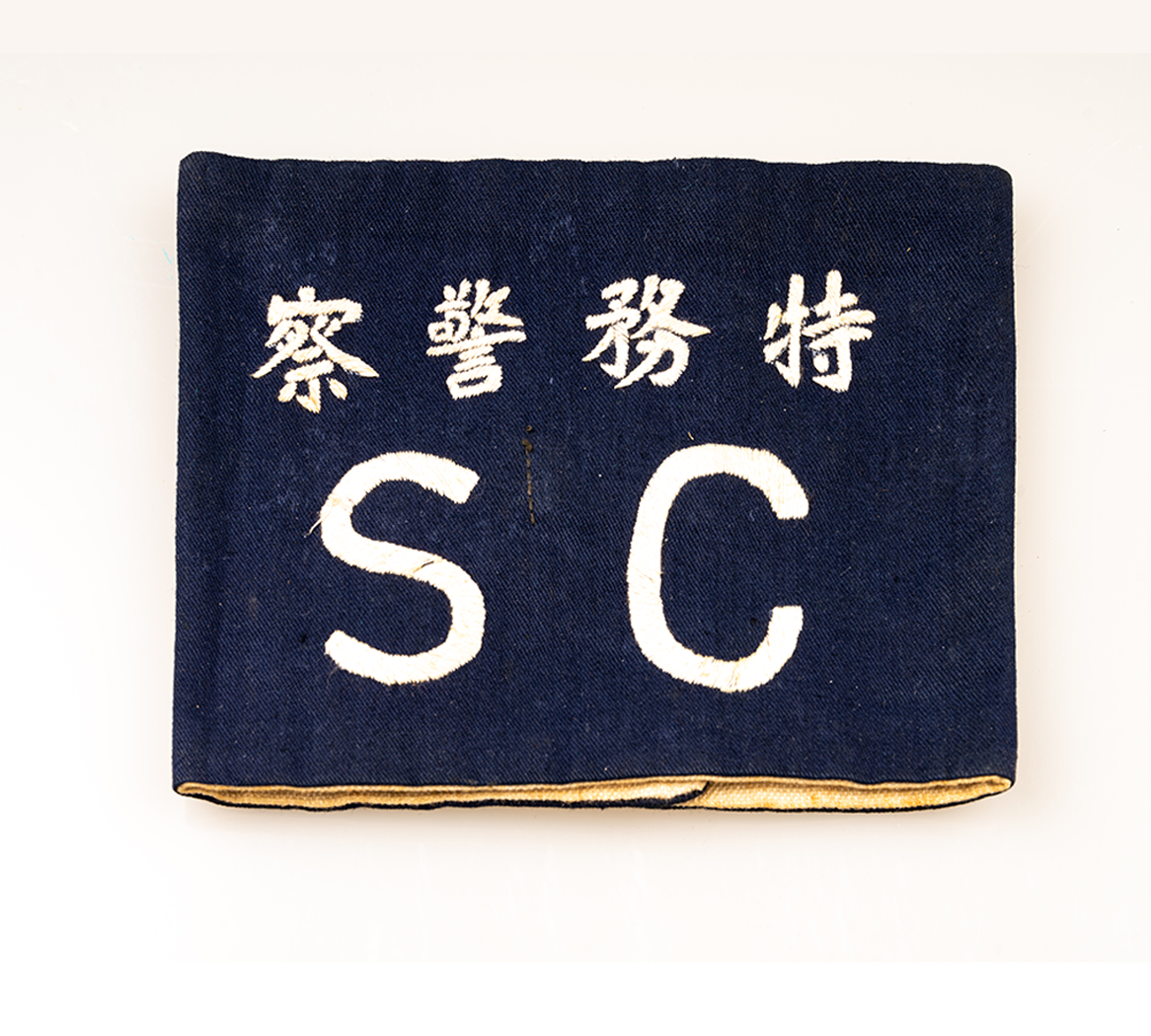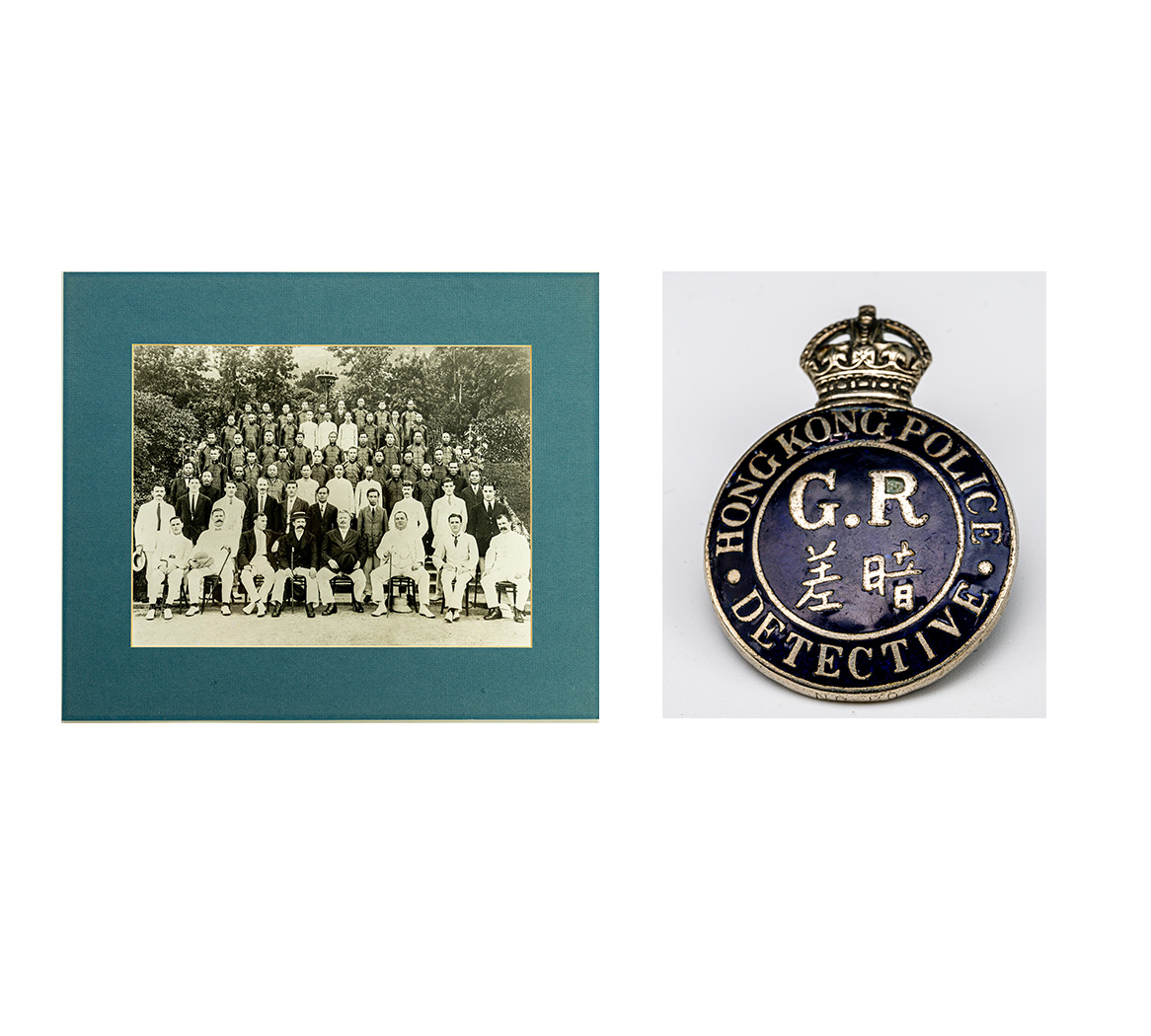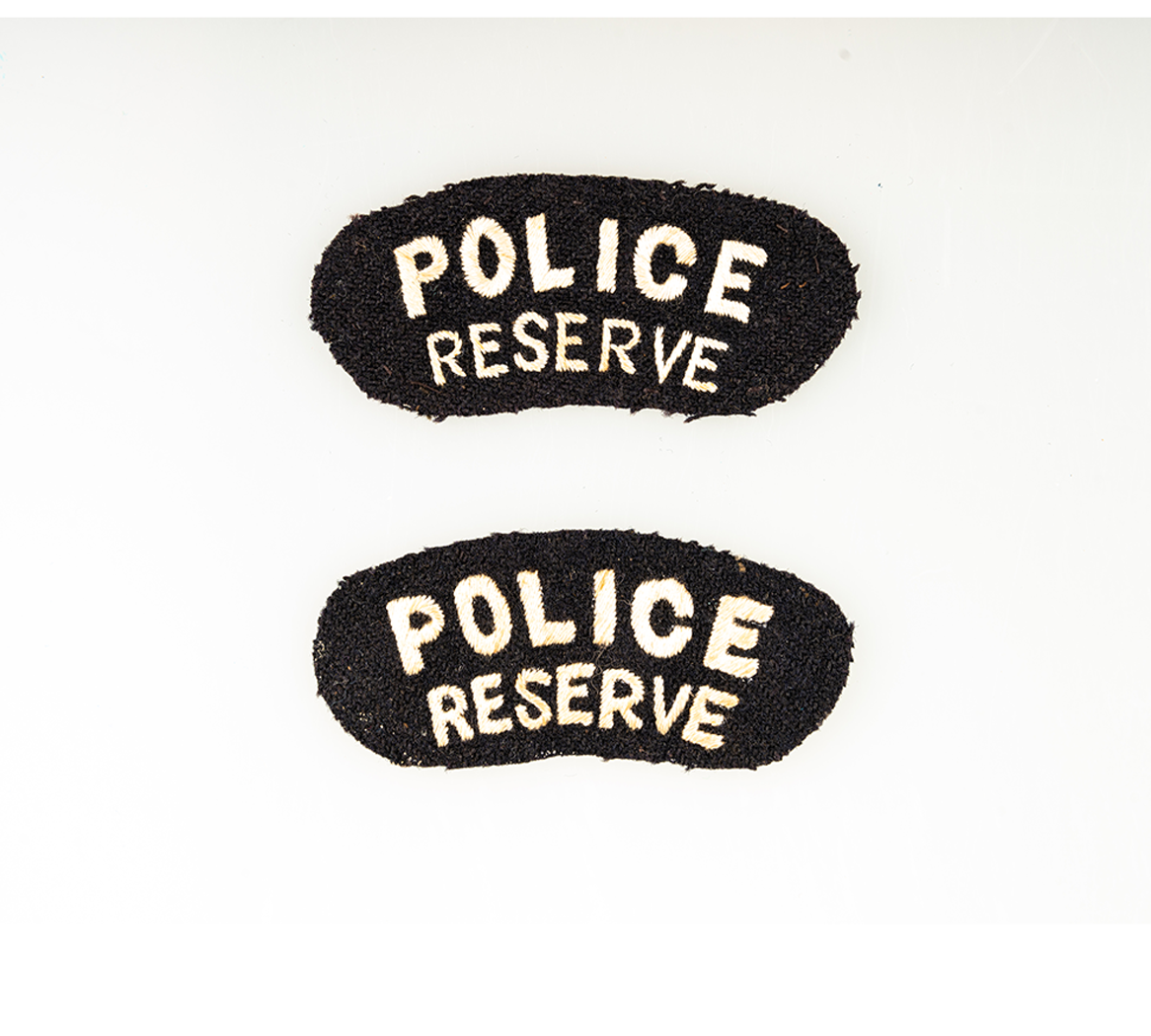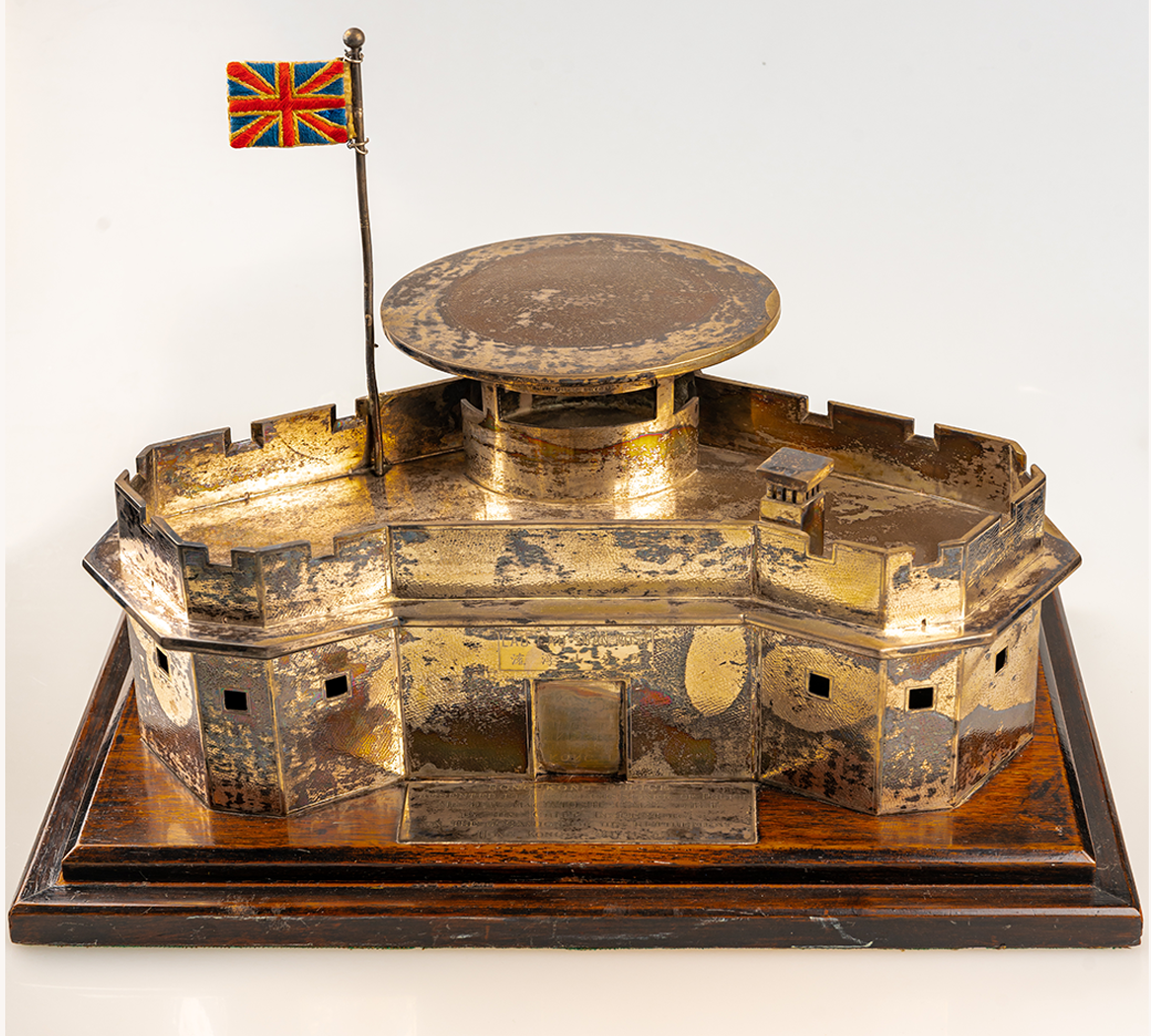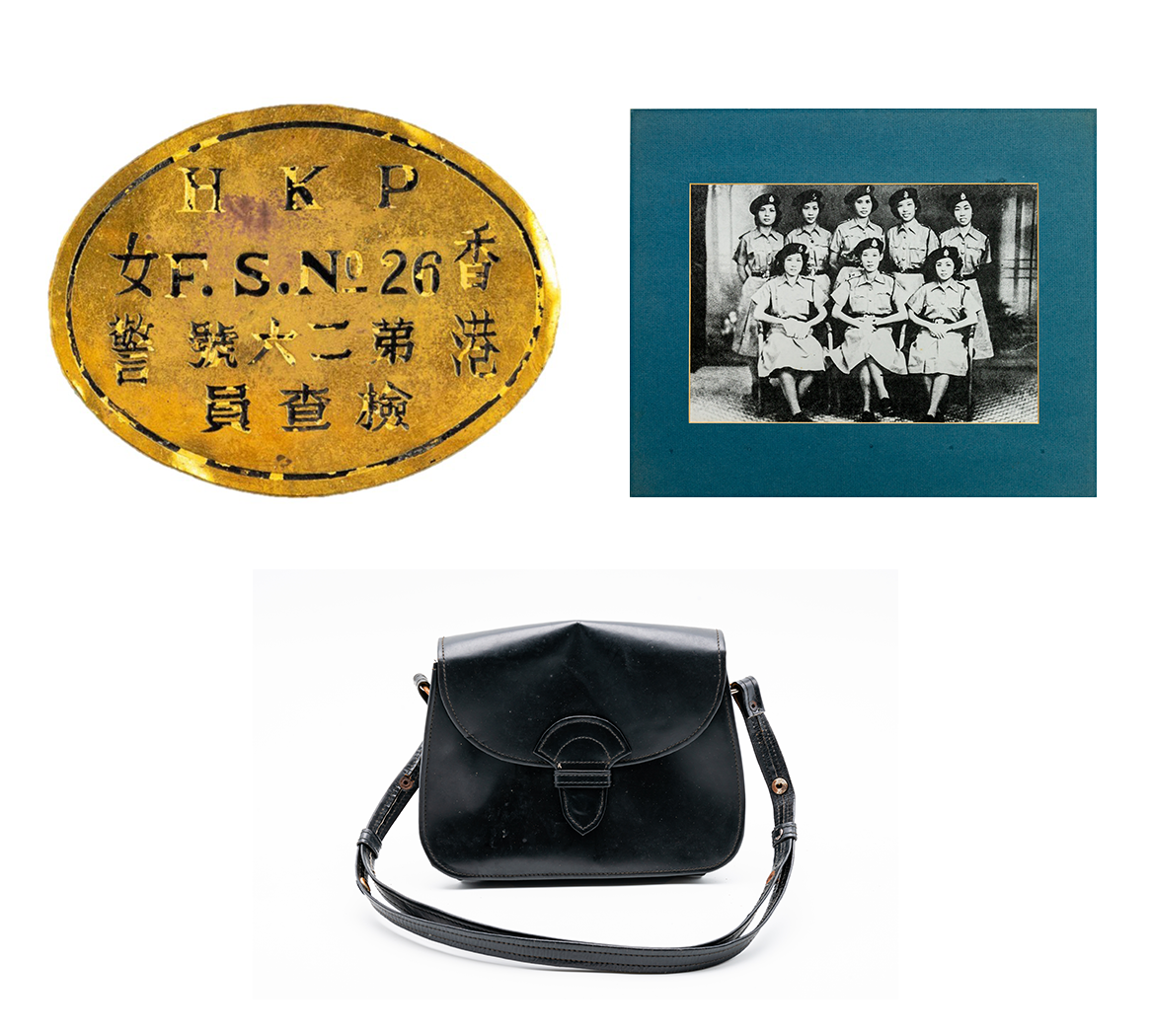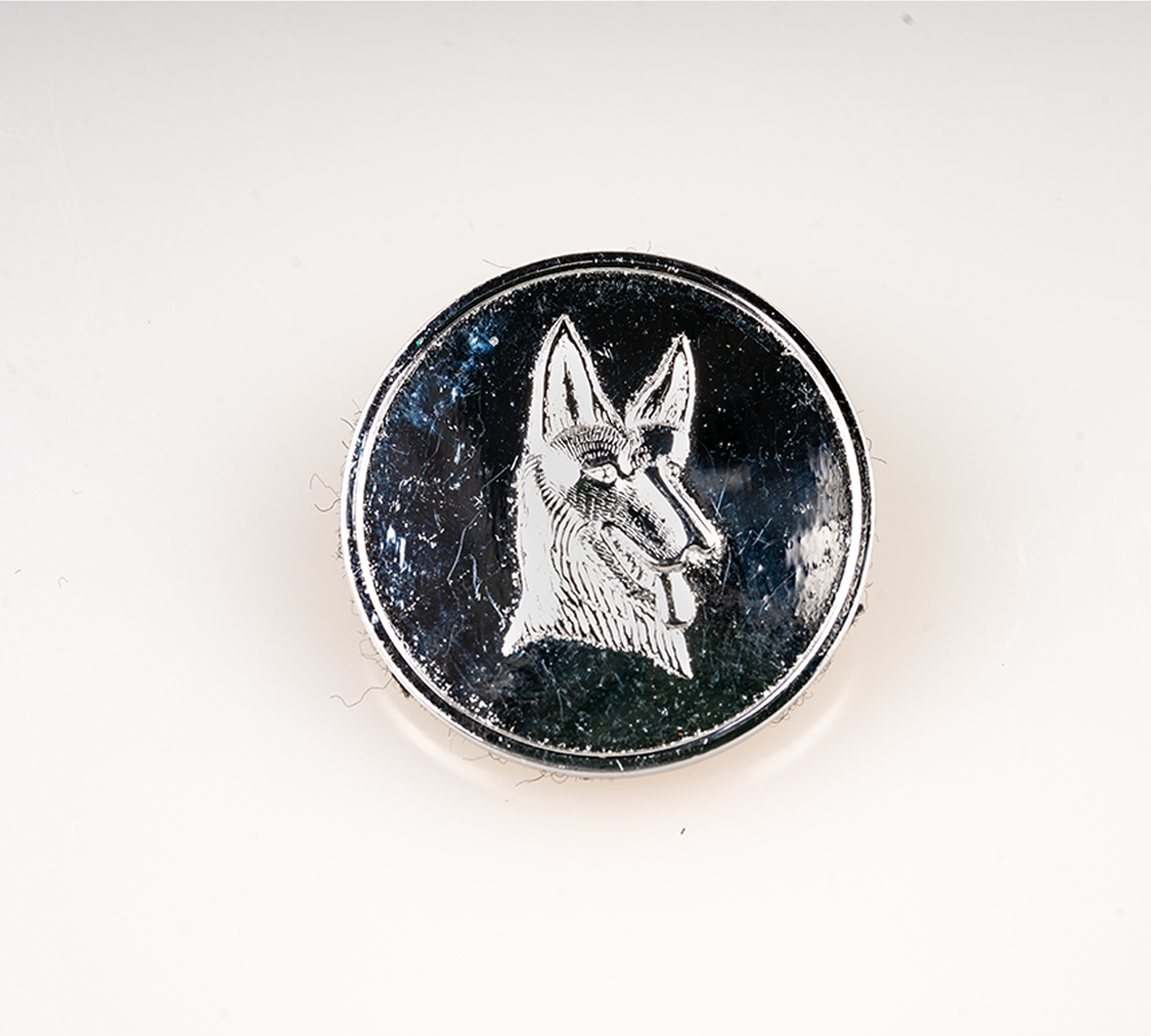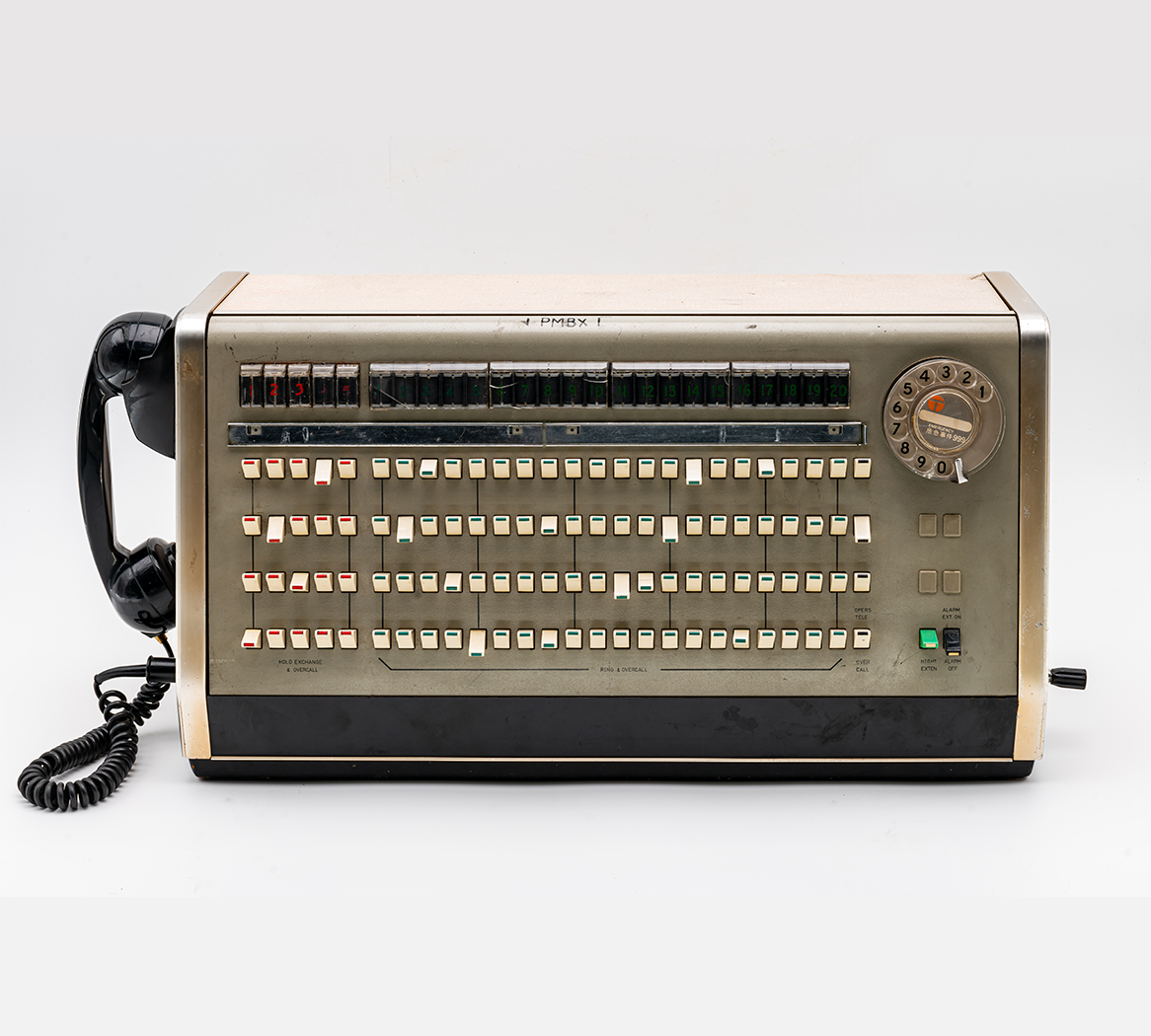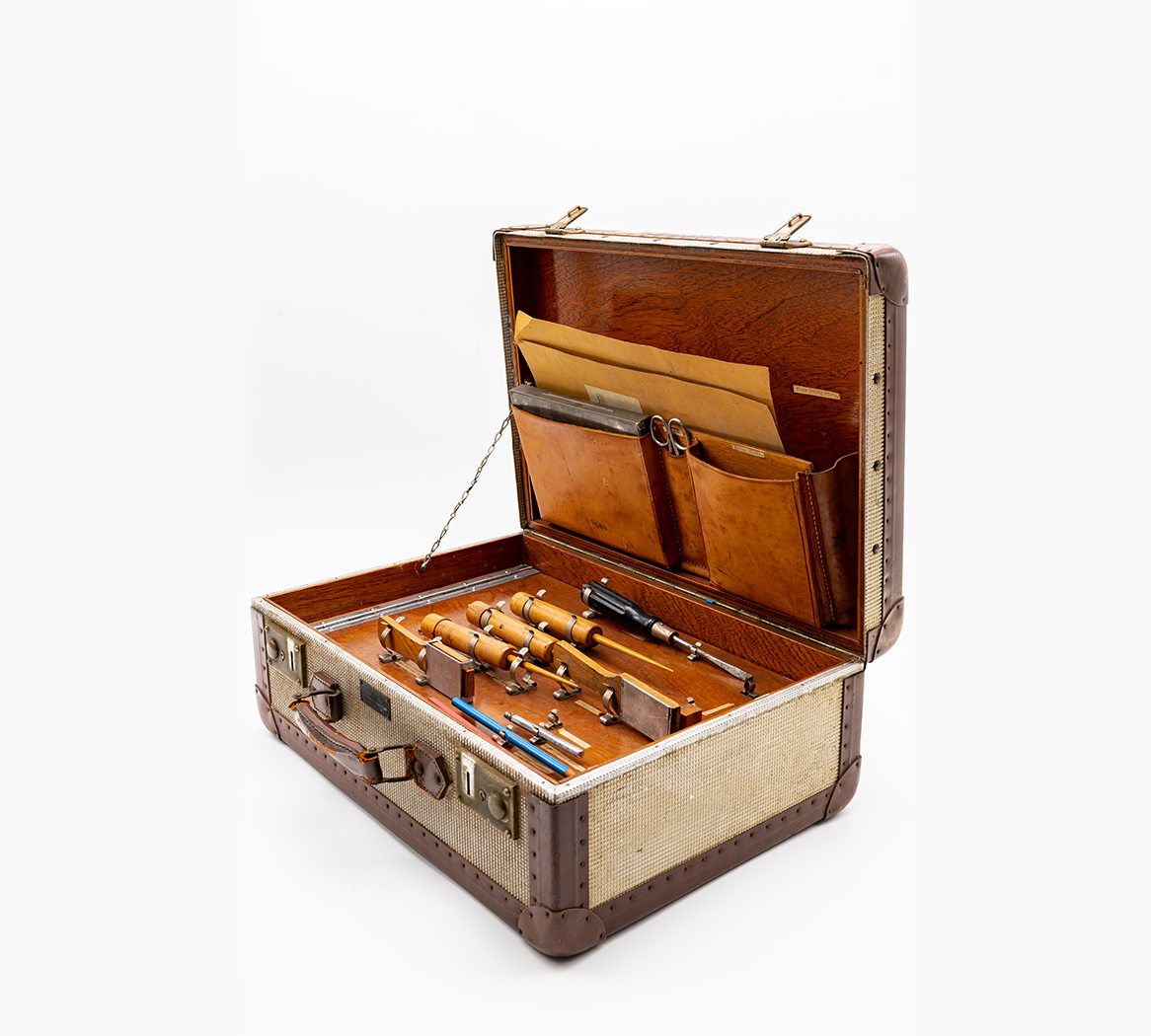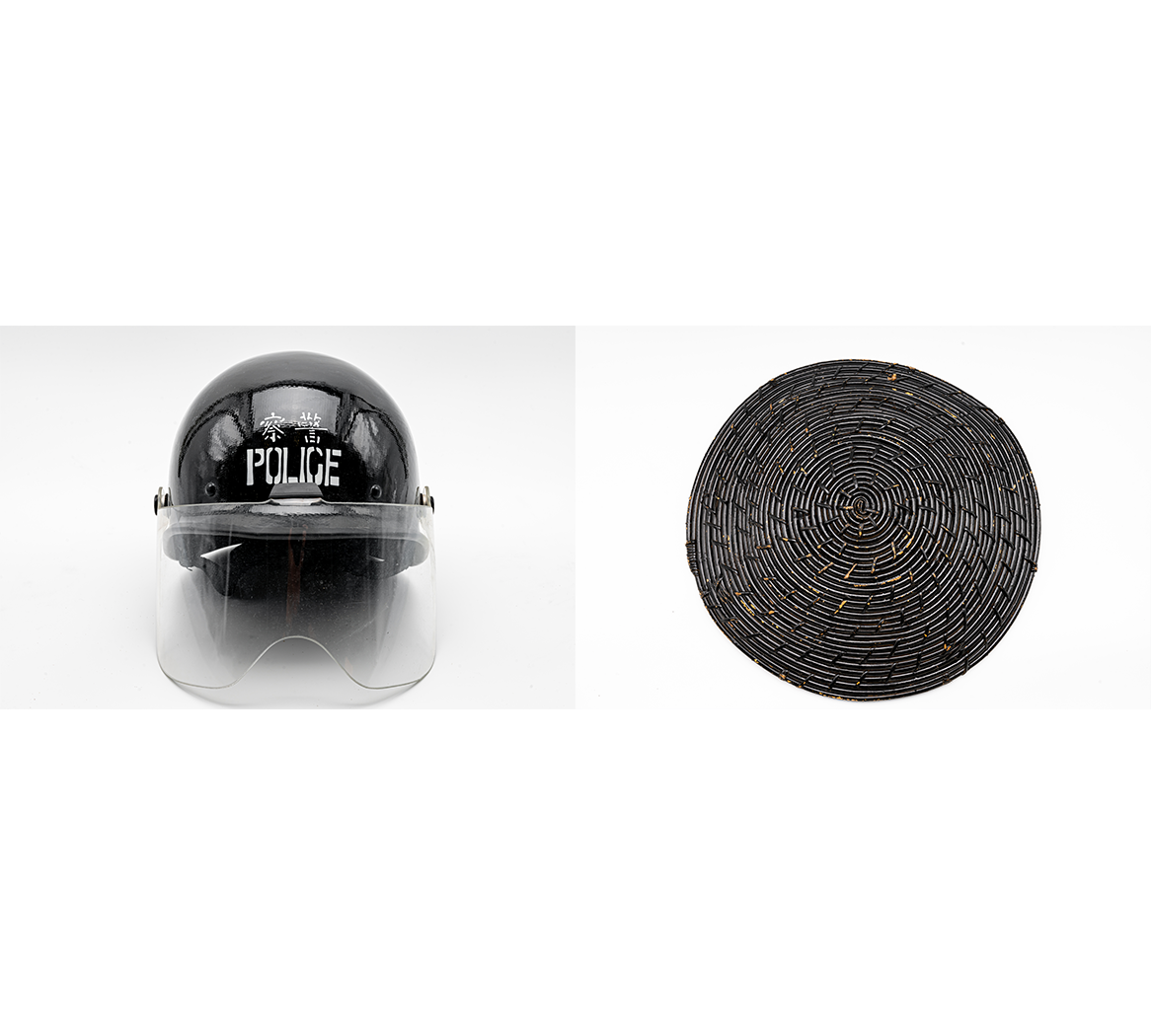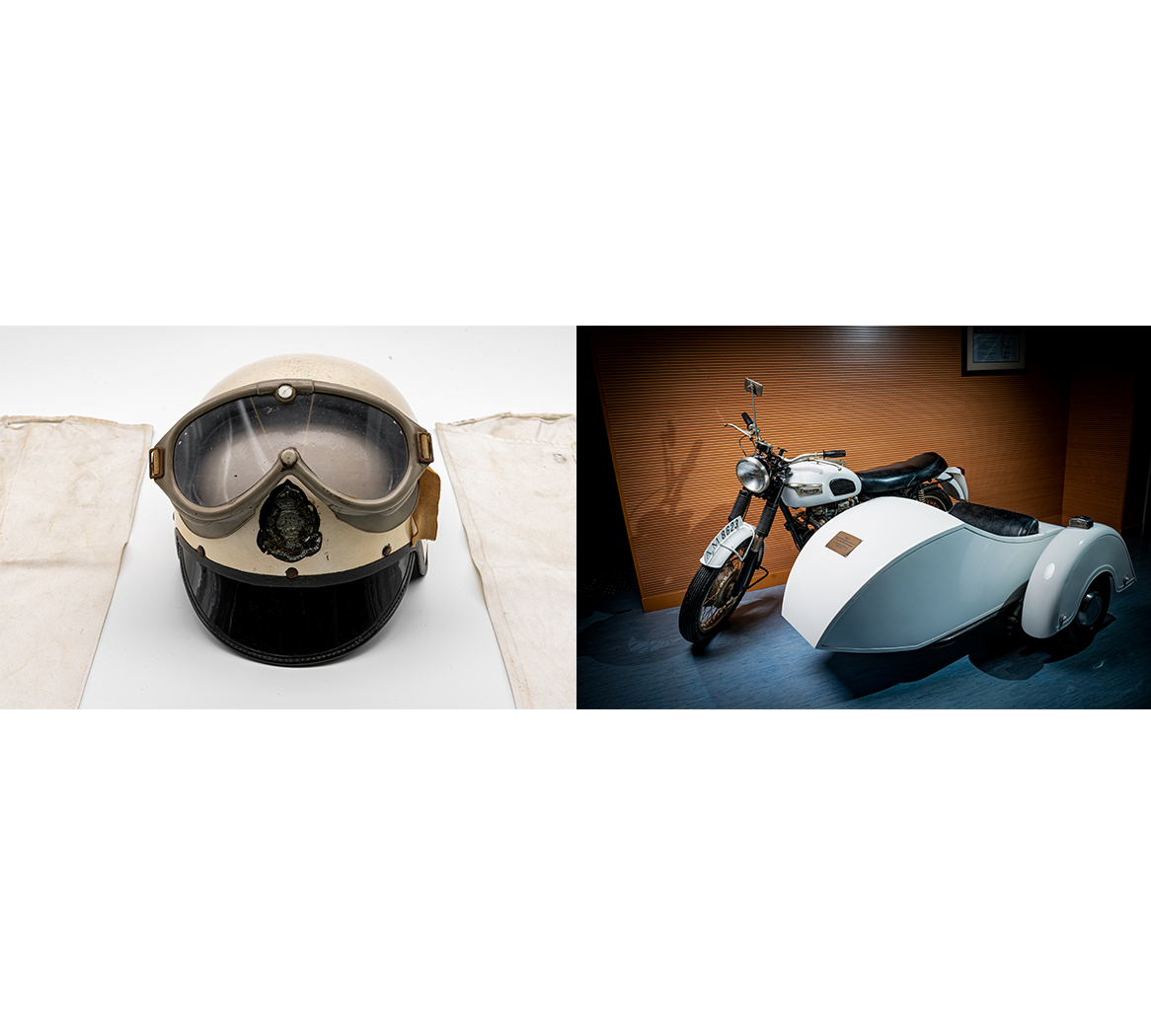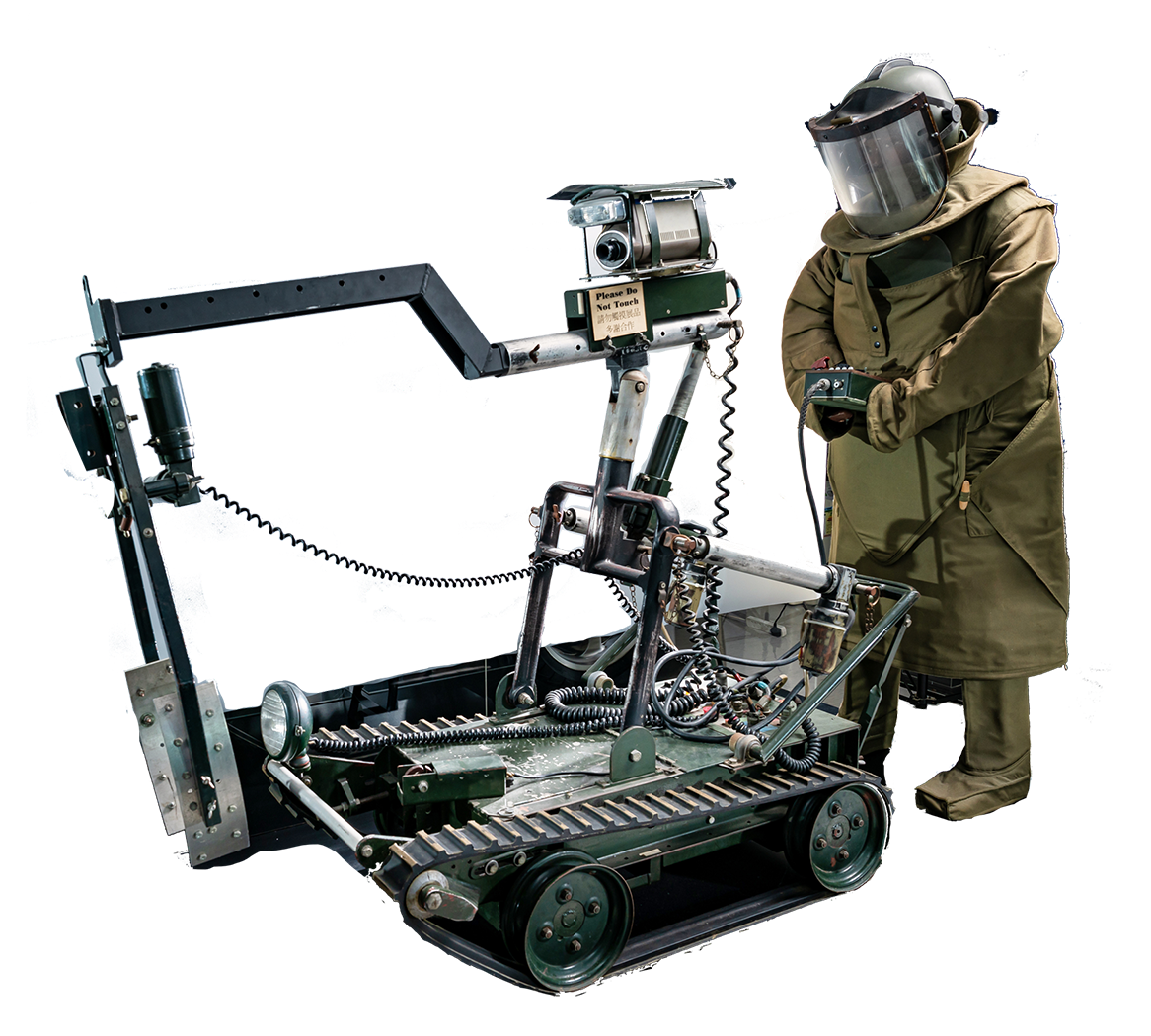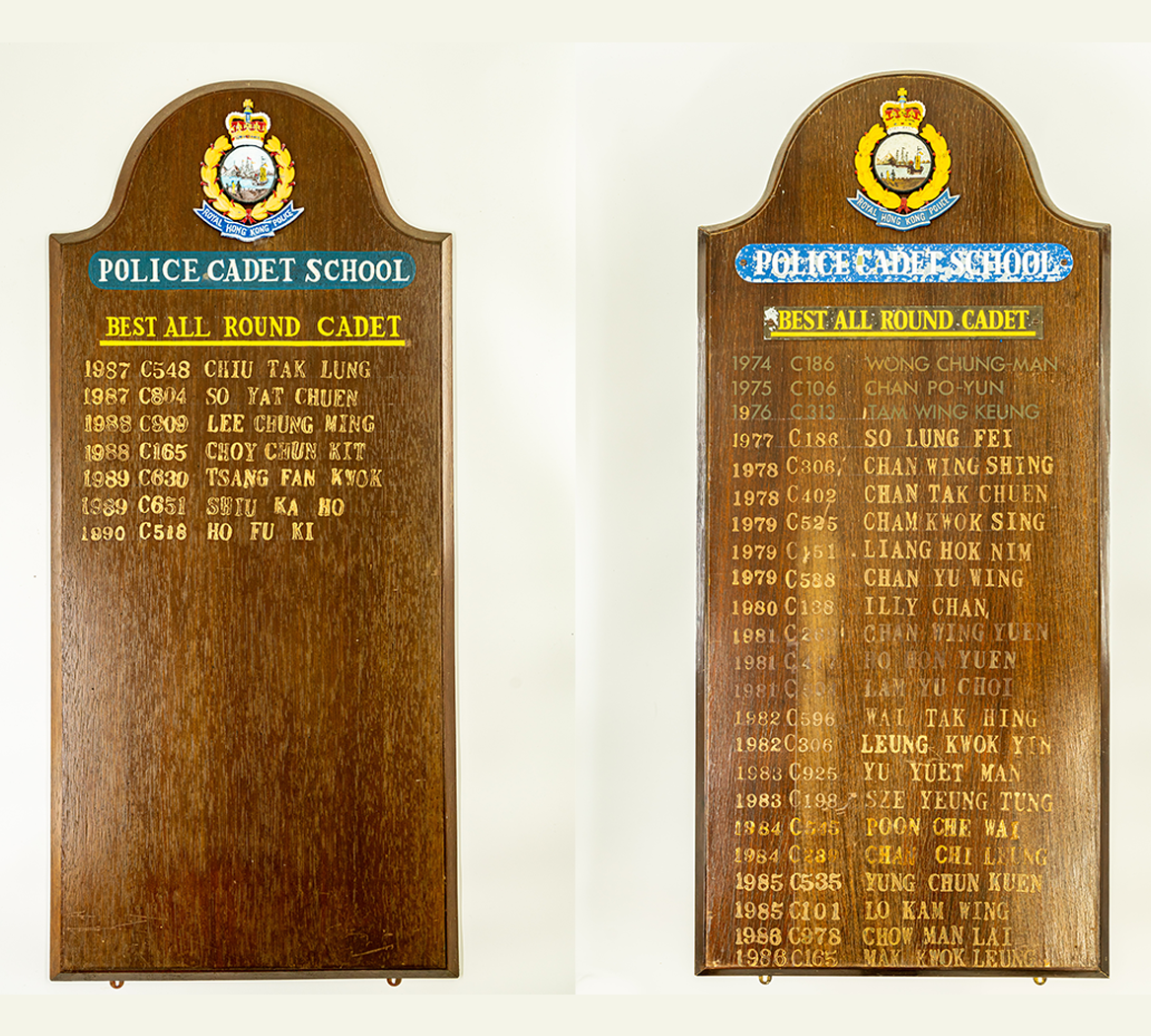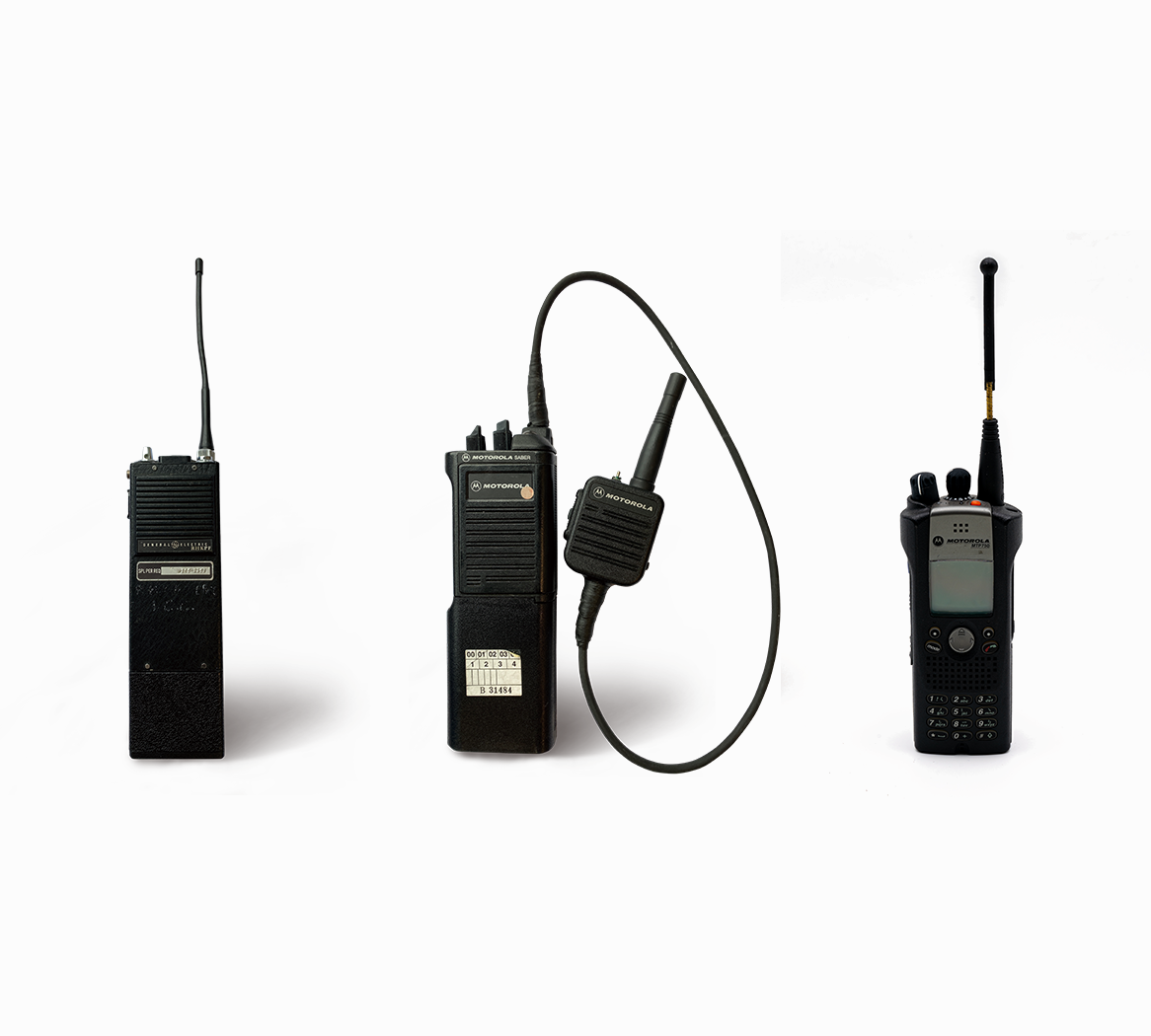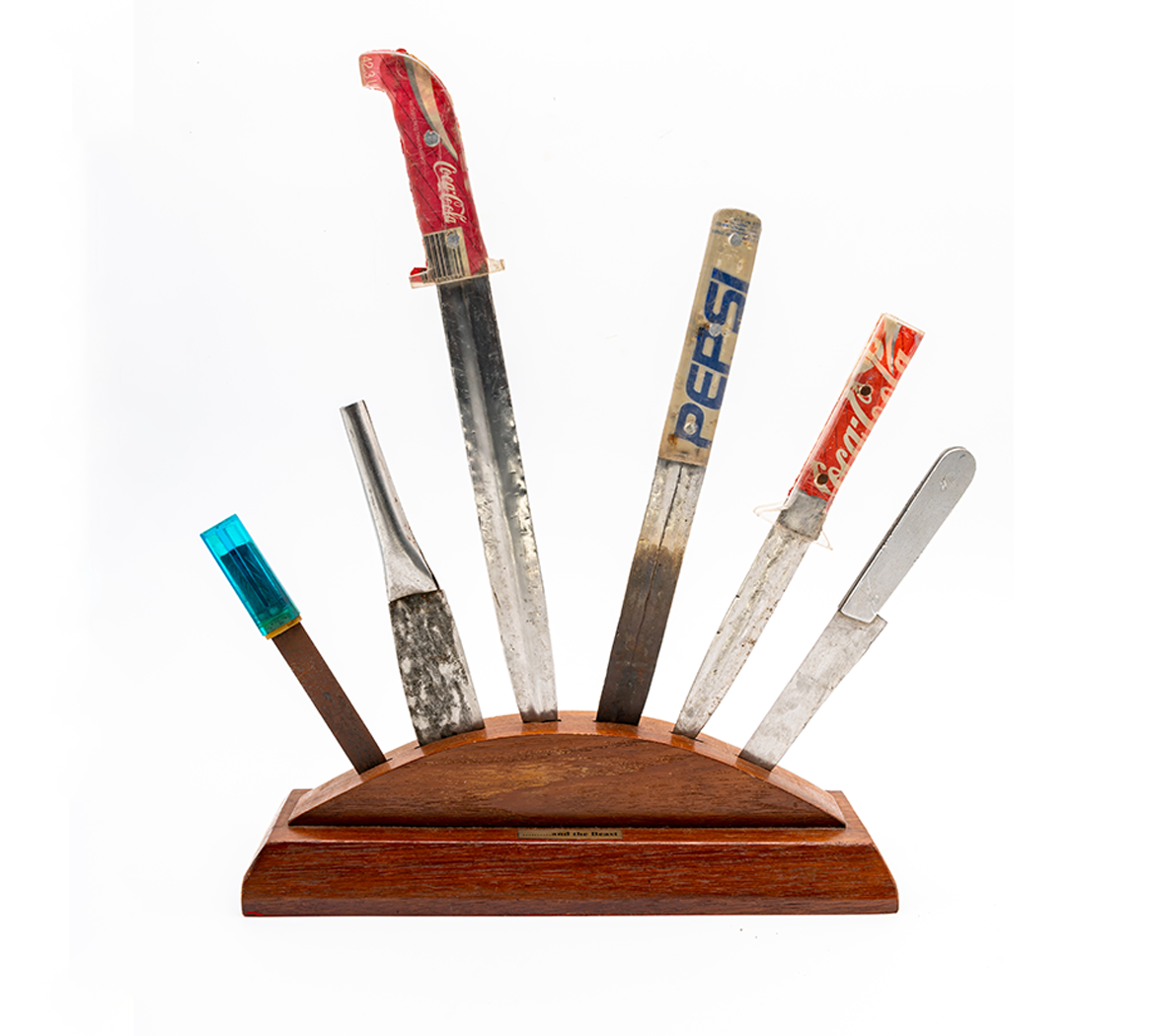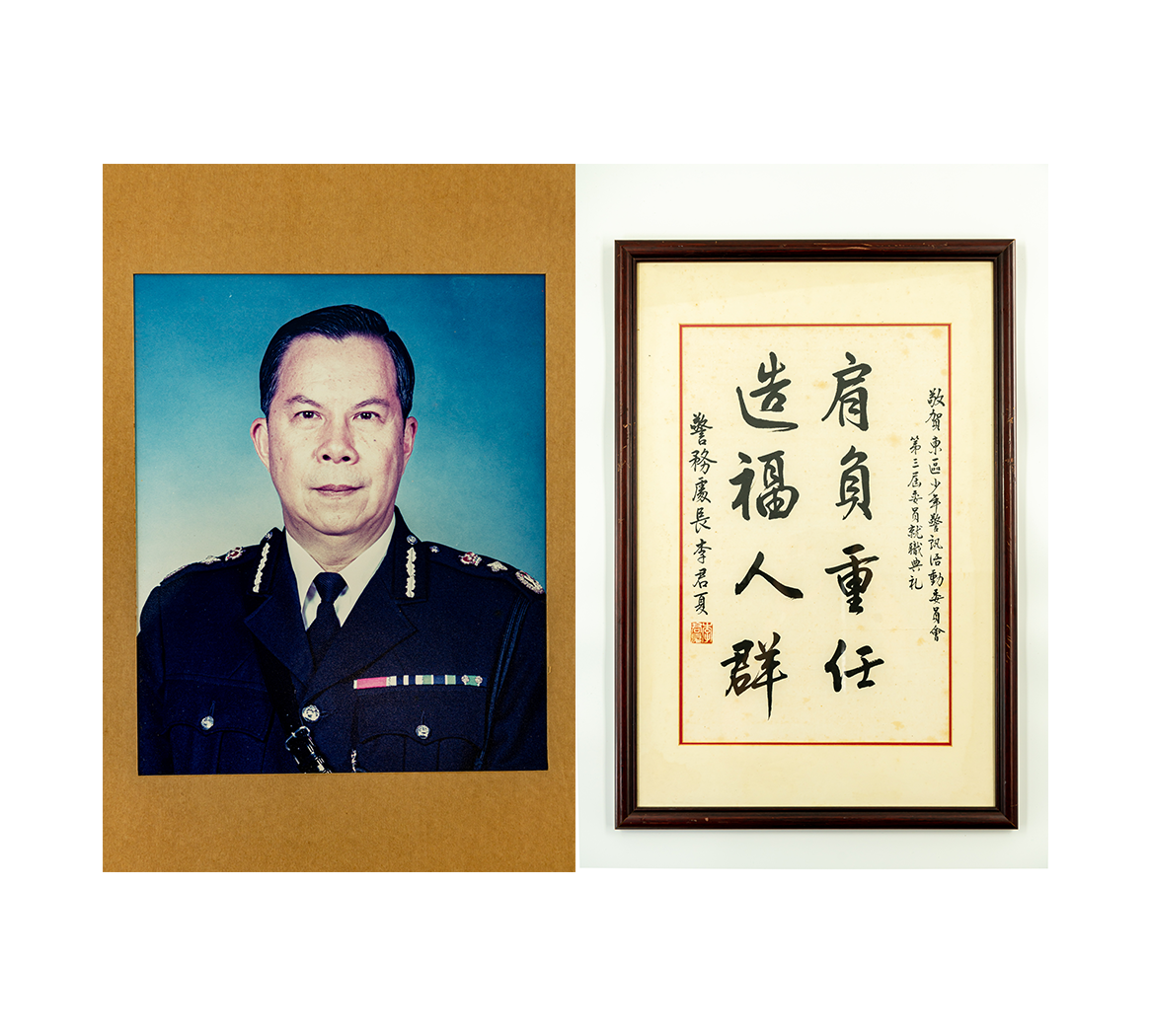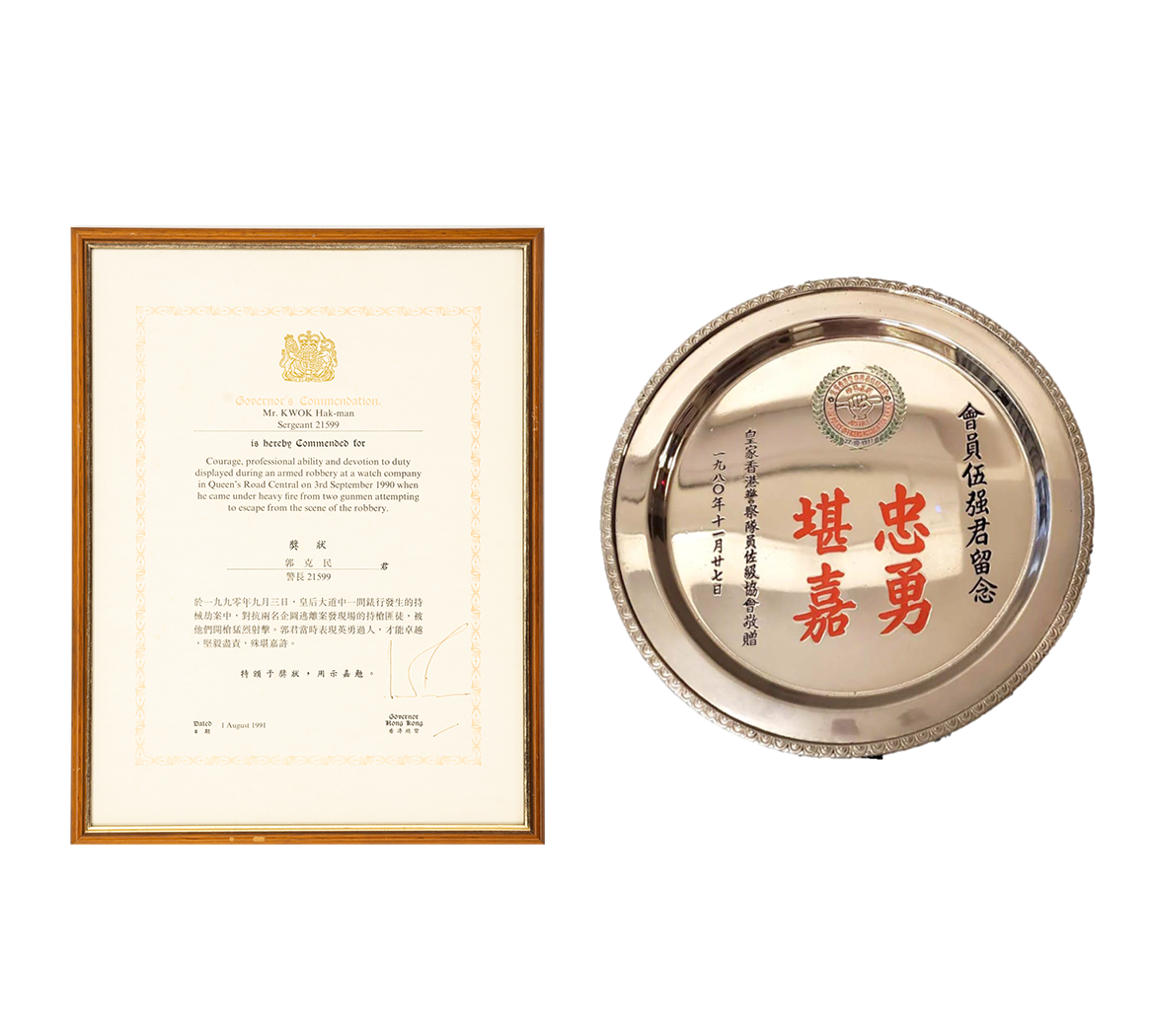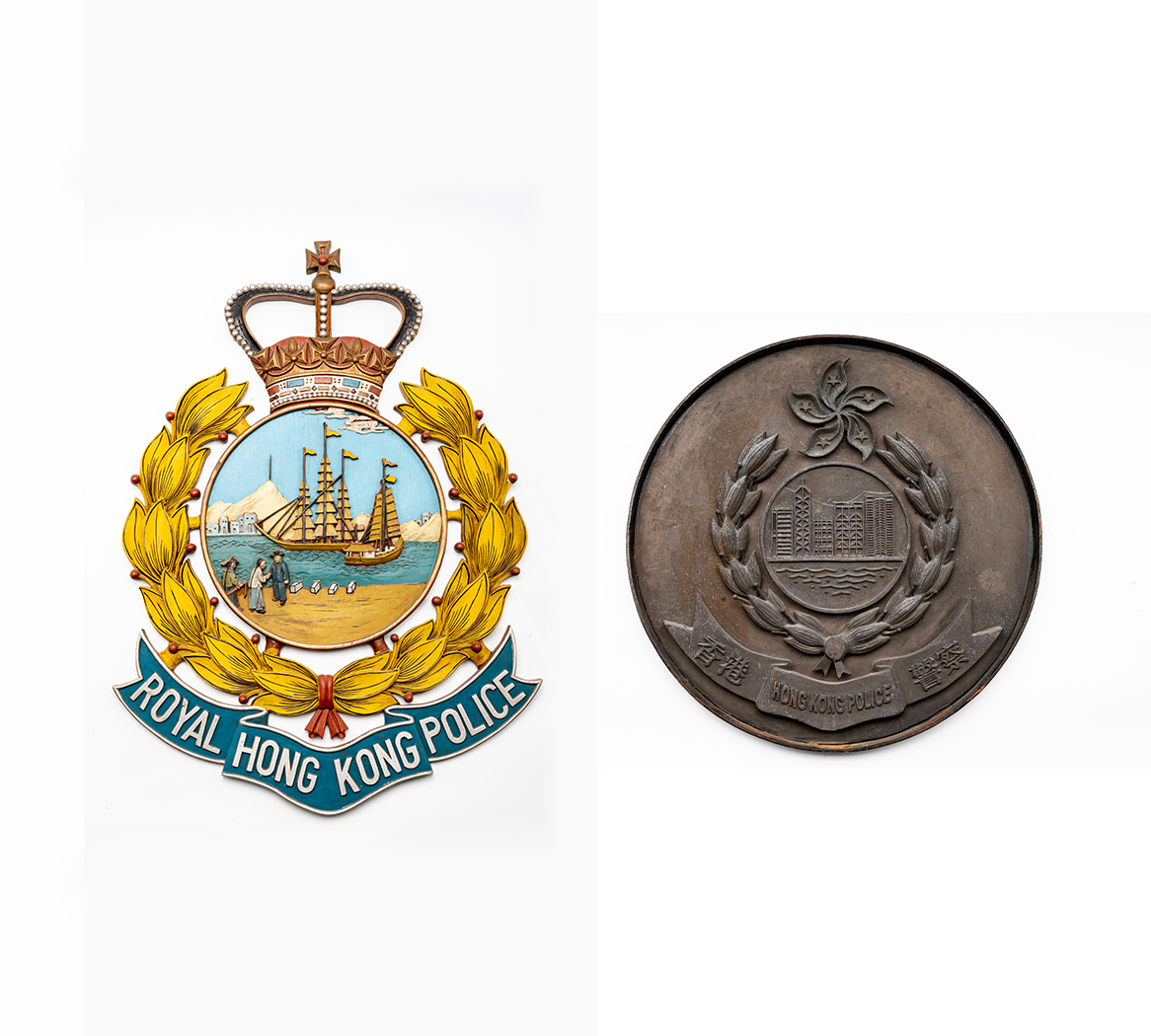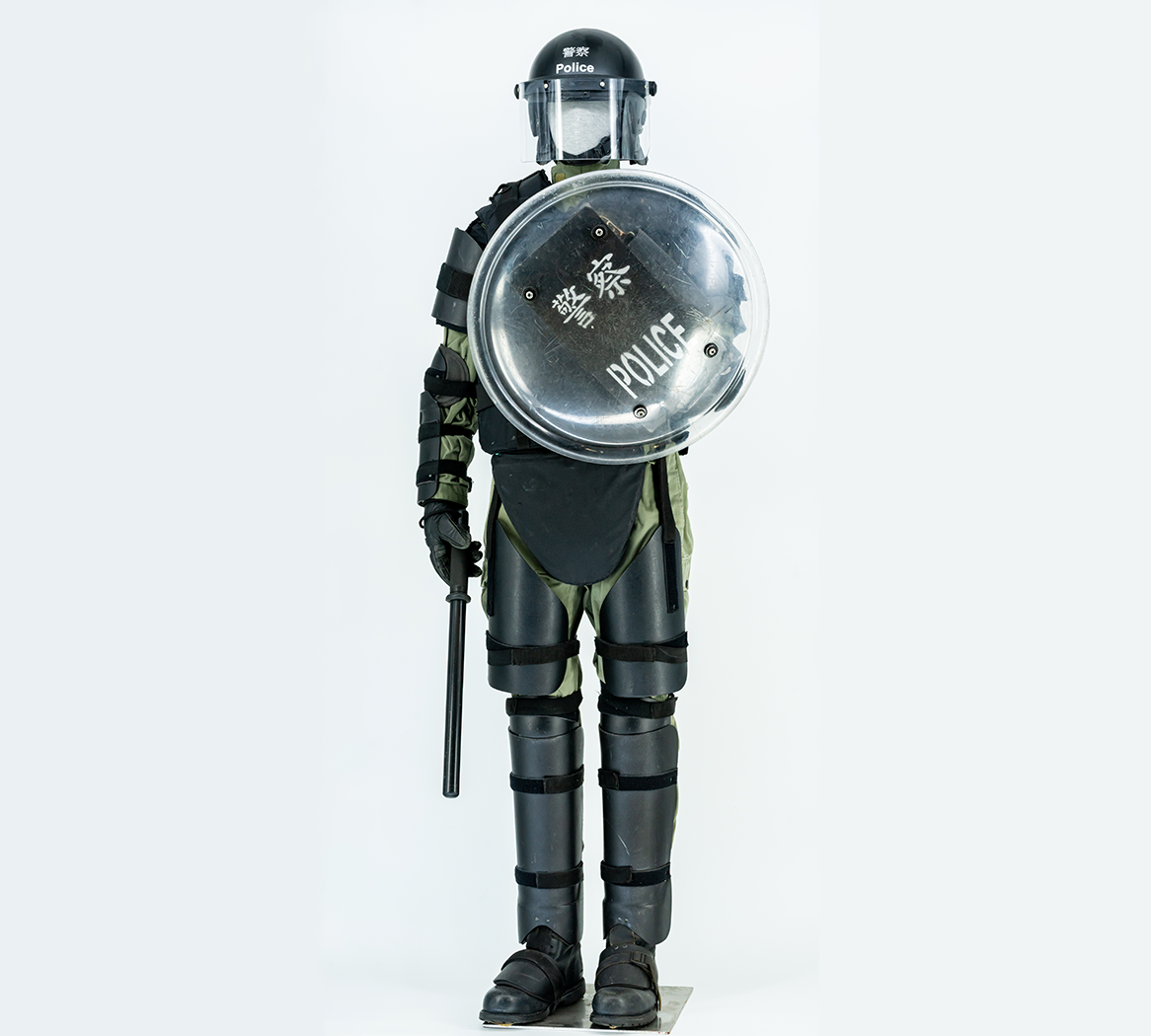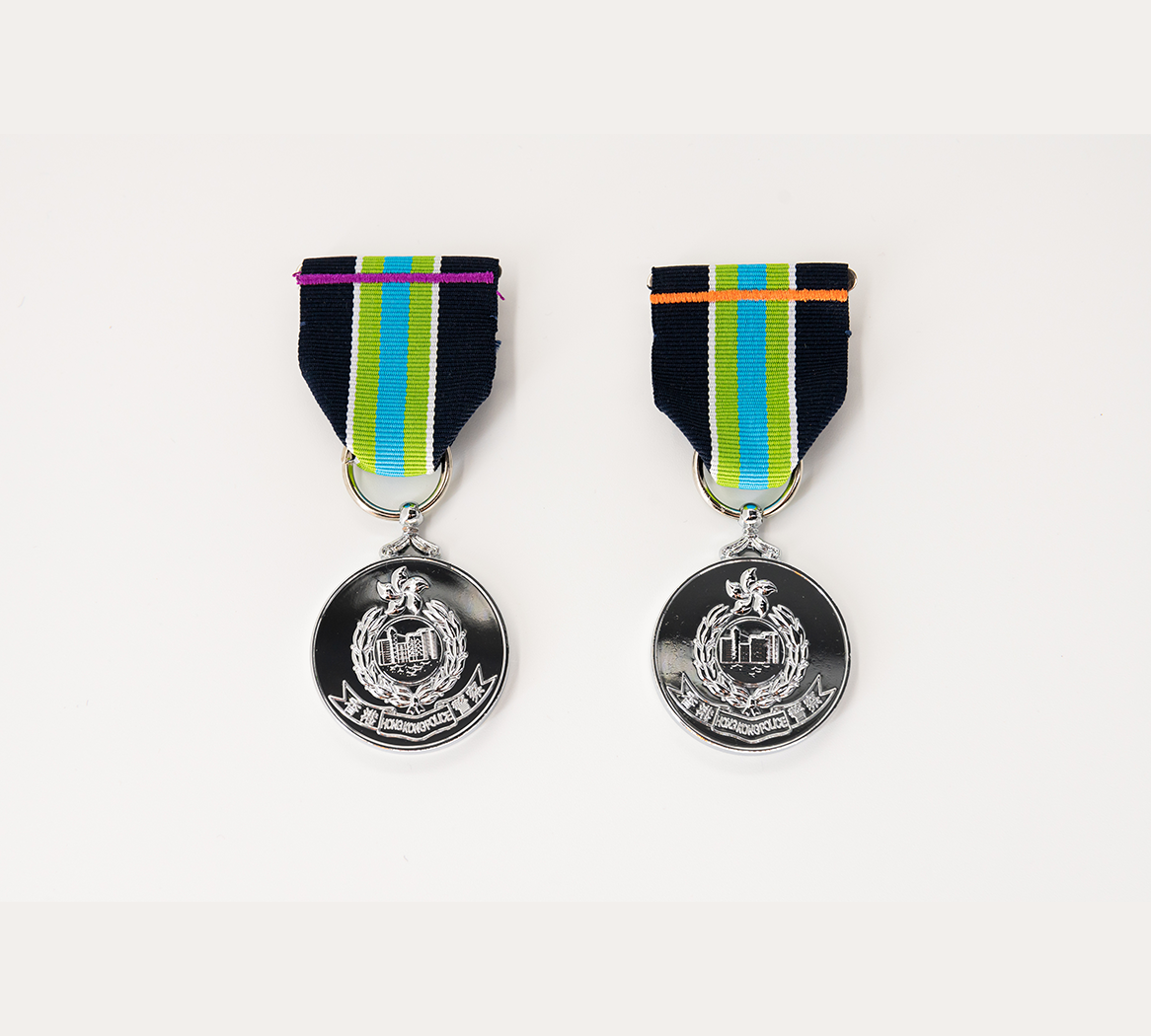Description
During the First Opium War, the British forces landed at Possession Point, Sheung Wan on 26 January 1841, and Captain Charles Elliot, in his capacity as a British diplomat, took over Hong Kong Island. On 30 April 1841, Elliot appointed Captain William Caine from the 26th (The Cameronian) Regiment of Foot as Chief Magistrate to maintain law and order and to administer the police, courts and prisons.
Born in 1799, William Caine was brought to India as a child and joined the army at a young age. He was promoted to officer rank in 1814 and his efficiency and professionalism were highly regarded in the army.
To maintain social order in Hong Kong in the early years, Caine recruited the first cohort of police officers from the army. At the beginning, there were only 32 veteran servicemen, including European and Indian nationals. All of them were non-Cantonese speakers. This situation lasted until mid-1842, when the police force formed the Chinese urban police force. Henceforth, the police could communicate directly with the public.
On 1 May 1844, the first Police Force Regulation Ordinance was passed, and the establishment of the Hong Kong Police Force was officially gazetted. At the time, Major Caine, the then Chief Magistrate, became Police Magistrate and later Colonial Secretary until his retirement in 1859. Both Caine Road on Hong Kong Island and Caine House in the Police Headquarters were named after him.

